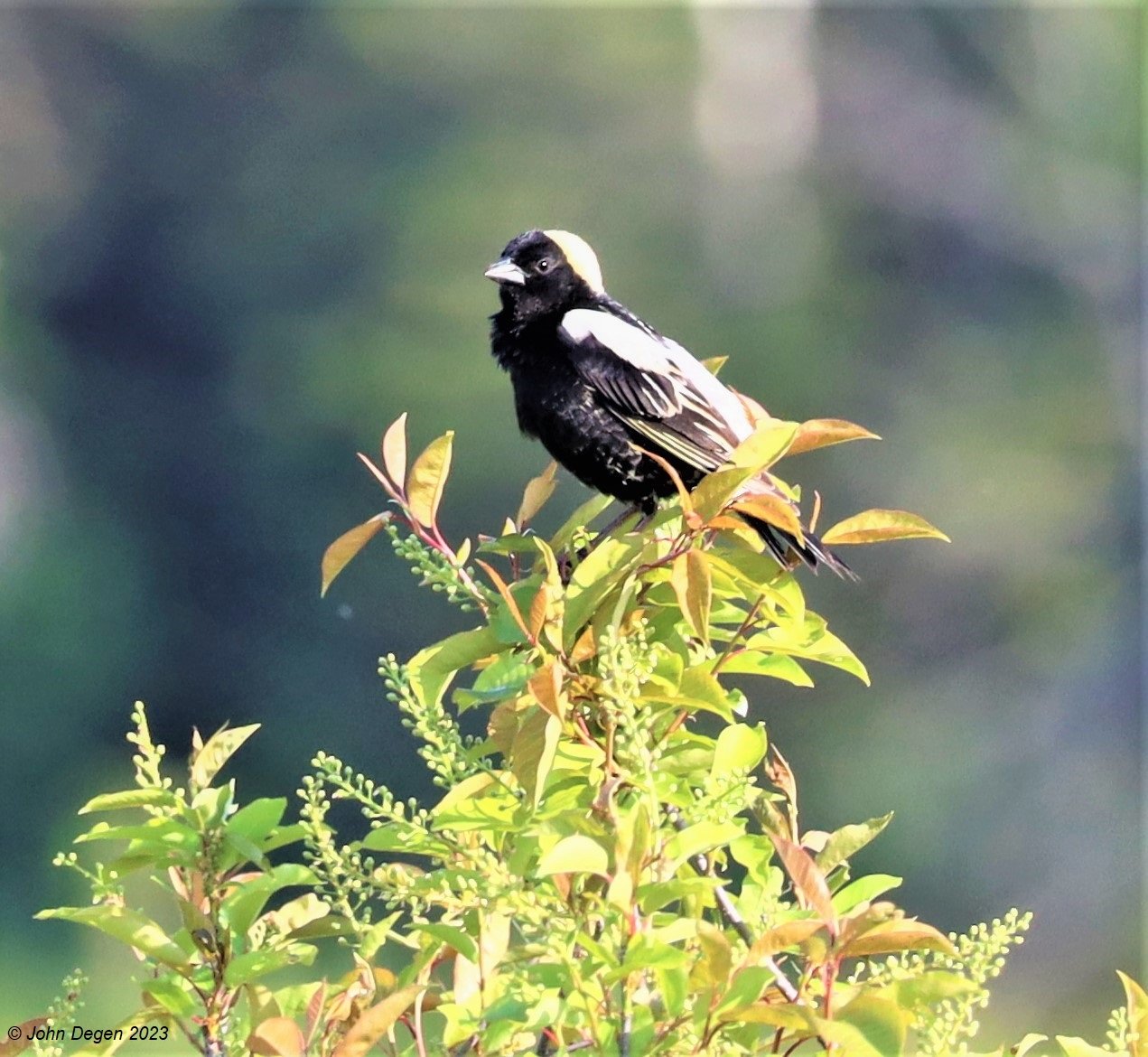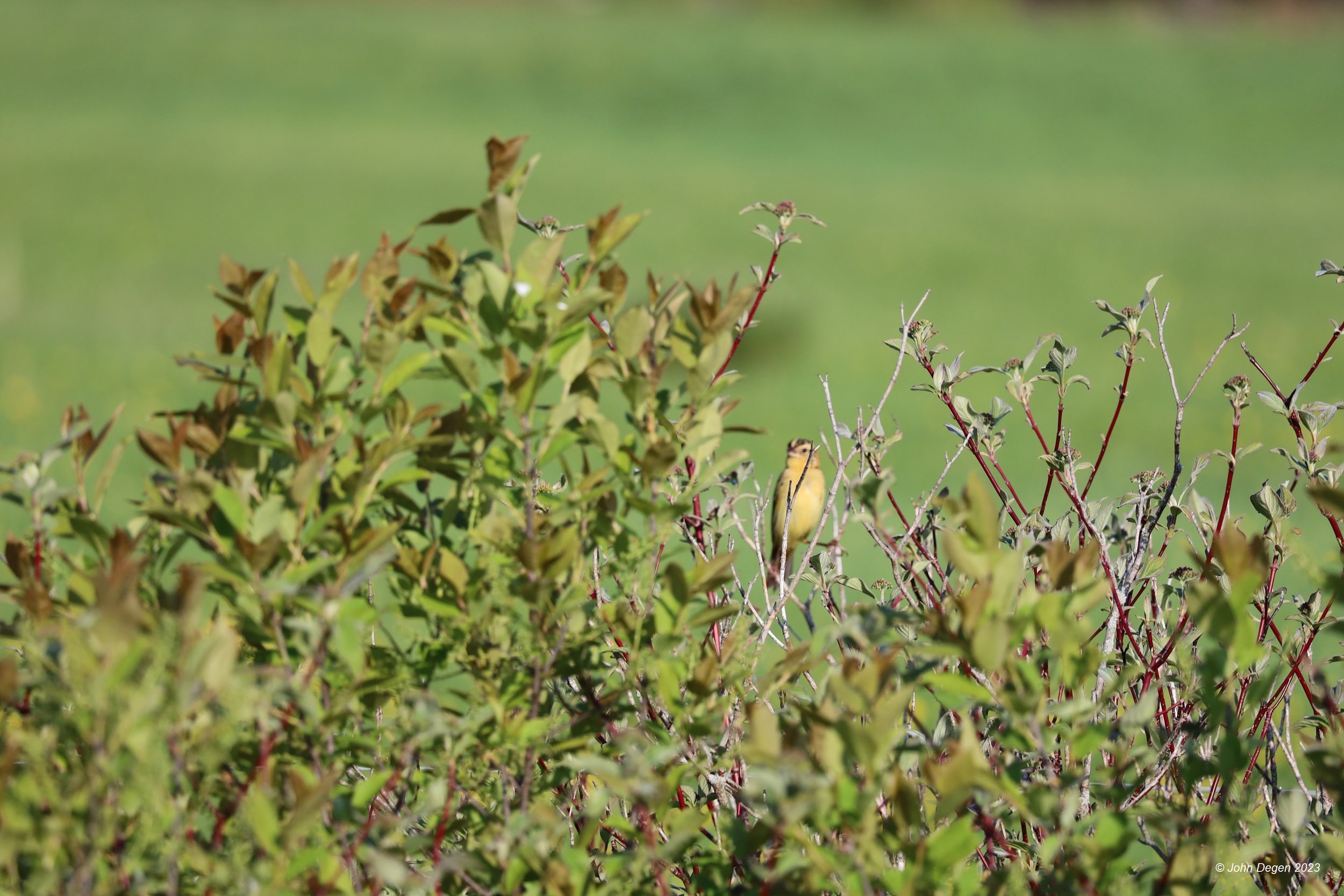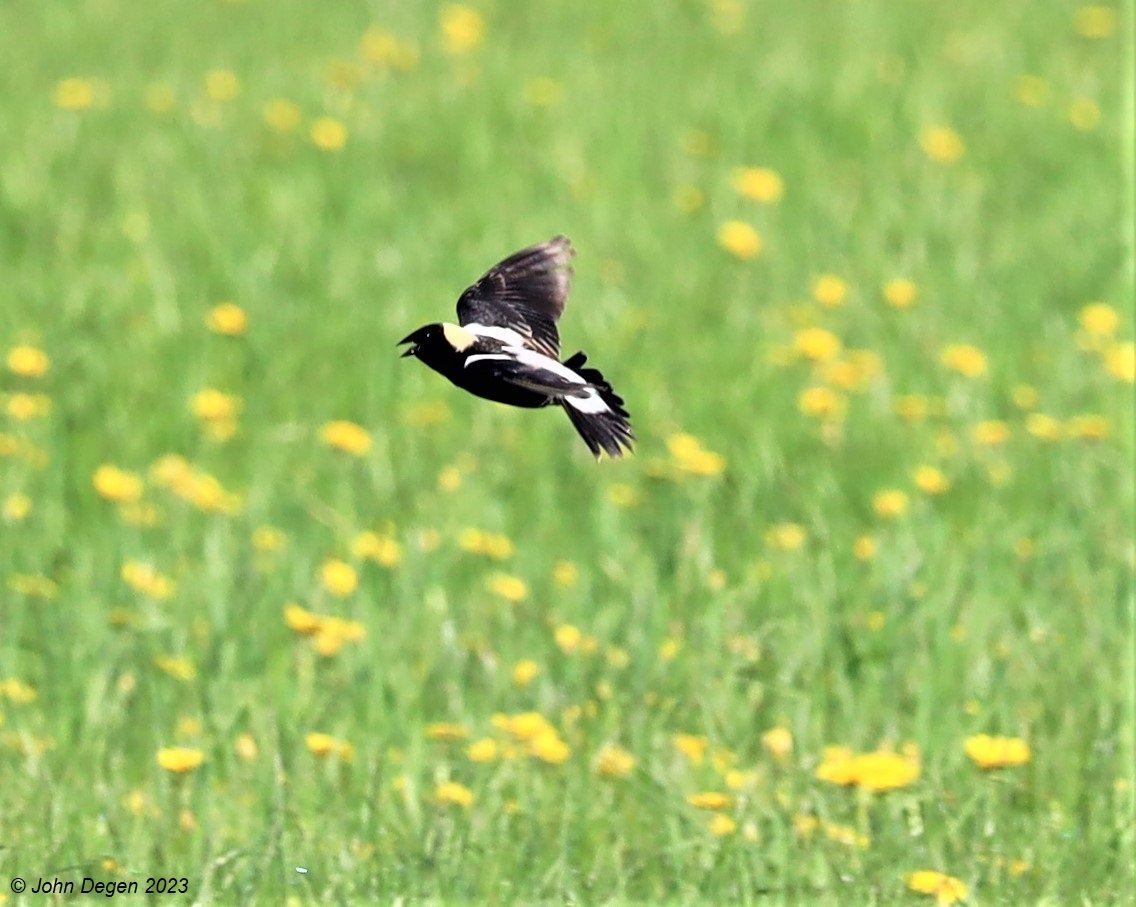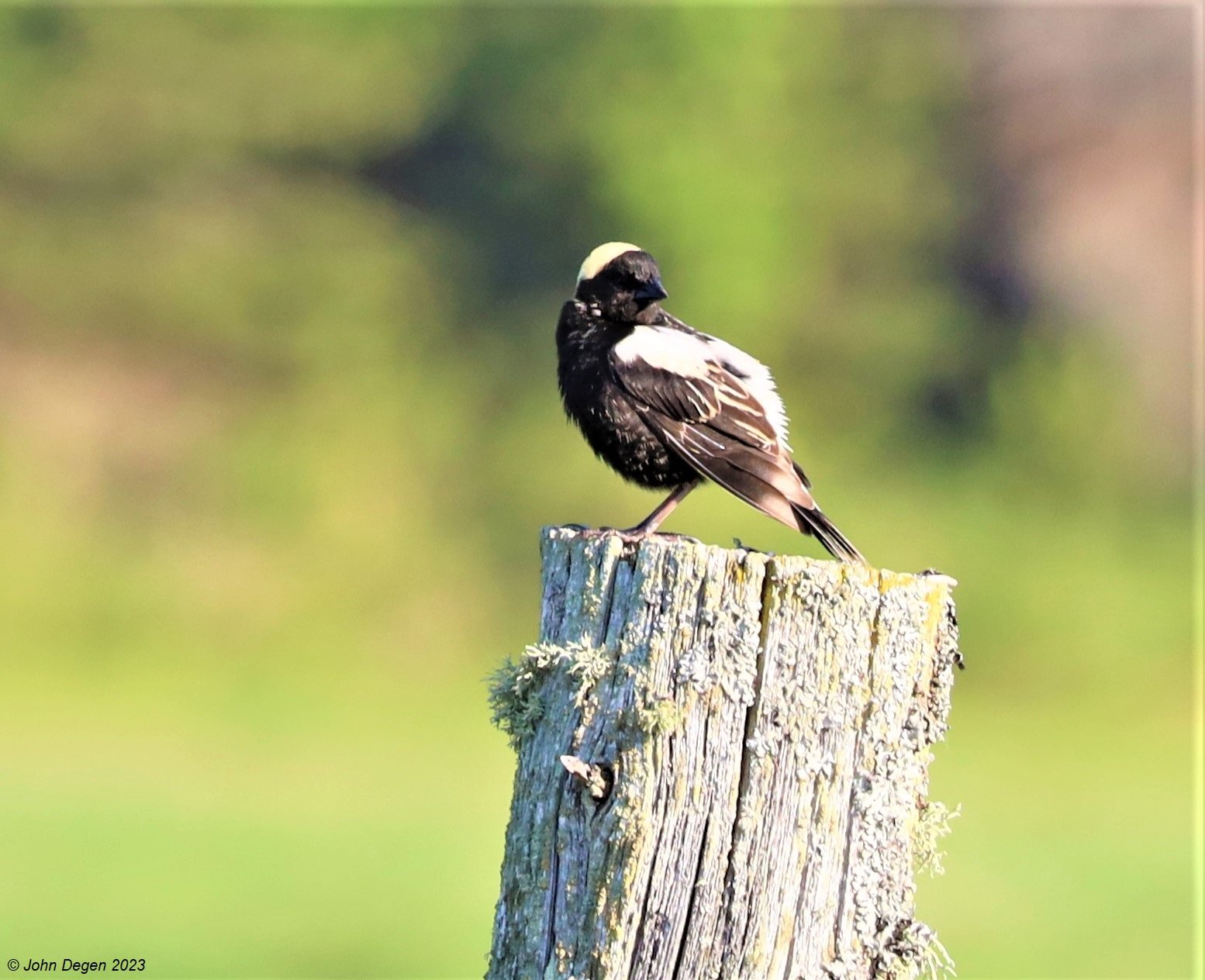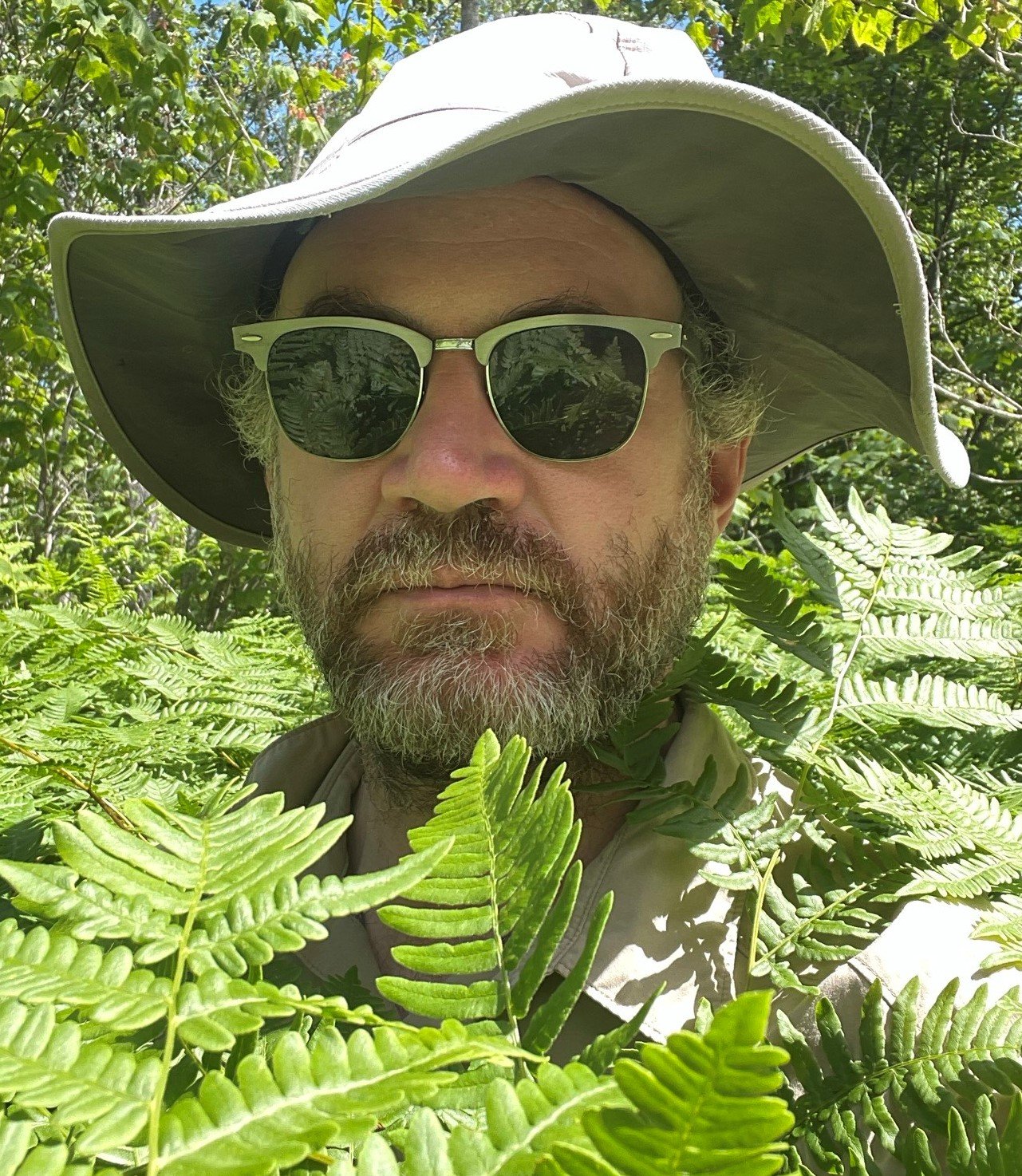There was a light skiff of snow on my Northern Ontario back deck the other morning. That’s the kind of early morning discovery that can take the emotions in a number of directions. As someone who deals with a lot of joint and back pain, the prospect of slipping and falling, and the certainty that there’s shoveling in my future, makes me want to go right back to bed. But I’m also a Canadian kid at heart, and those first few snowfalls always look beautiful to me.
My move to the north shore of Lake Huron means more expansive and snowier winters for me, but the change from urban to rural lifestyle also means the snow stays prettier longer. If you’ve ever trudged through three-day-old snow to a Toronto subway station, you know what I mean. Urban snow turns to gray slush in an awful hurry, whereas up here the view from my back windows remains pristine pretty much the entire winter. And if it ever does get dingy, more snow is usually not far off, so we get a fresh coat of the white stuff many, many (many) times.
And this year, I’ve discovered another reason to love snow. The same day the snow arrived in Thessalon, so too did a flock of Snow bunting (Plectrophenax nivalis). At first, I thought I was seeing a bunch of sparrows foraging on the side of the road, but as I approached they took off in a flurry of white bellies and black wingtips. This was not a familiar display, so I brought them closer with my camera, and also captured their song using the Merlin app. Sure enough, Snow buntings. I’ve now seen them every day of this week, and have learned to note their song as they flock overhead. I have found these little birds to be extremely difficult to photograph, as they are skittish, don’t allow a close approach, and fly rather frantically. I apologize for the fuzziness of my shots.
Range map of a very northern bird. Thanks to Cornell Labs’ All About Birds for the image.
According to my reading, these buntings may just be at the southernmost point of their fall migration. They nest and summer on the tundra of the far north, near the Arctic Circle, and then fly straight over the vast expanse of boreal forest like it is an inhospitable ocean, landing only where relatively unforested and flat land will provide them with the foraging grounds they prefer. You can see from the range map above (thanks Birds of the World) that Snow buntings are a northern bird, and unlike the many warblers that passed through Thessalon on their way to and from Central and South America, the bunting is just fine staying in colder climates at all times. In fact, they are physiologically adapted to the cold like few other birds, and have what the scientists call “significant thermogenic capacity.” They make their own heat very well.
Note the fuzzy leg warmers.
This, of course, raises a troubling question. Can Snow buntings successfully adapt to a changing climate and rapidly warming environment? Cornell University lists Snow buntings as a species in Steep Decline, noting that research indicates a 38% population loss between 1970 and 2014. However, there has been uncertainty about the accuracy of this data because Snow buntings breed outside the range of the North American Breeding Bird survey. That concern for an accurate picture of bunting populations prompted the formation of the Canadian Snow Bunting Network CSBN, a group of professional northern researchers and volunteers dedicated to monitoring Snow bunting migration and wintering habits.
Distinctive white-edged tail pattern on that bunting missile launching away from the annoying photographer.
Originally organized by Professor Oliver Love at the University of Windsor the CSBN now publishes an annual newsletter report on Snow bunting banding and monitoring activities. This is a fascinating look at some frontline climate change research, as scientists study the feeding habits, fat-load maintenance during migration, and adaptive heat tolerance of these hardy, beautiful little birds.
Stay cool, little buntings.
I’m hoping this persistent flock of Snow buntings stays in Thessalon for the winter. I shall toss seeds on the ground generously.
“Everyone likes birds. What wild creature is more accessible to our eyes and ears, as close to us and everyone in the world, as universal as a bird?”
Looking Forward to 2024
The highly coveted 2024 book (and bird) room calendar.
I am just five (5) birds away from counting a full 200 different species in 2023. When I started this birding adventure in Seattle on December 31, 2022, I could not have imagined I’d see that many different birds in just one year. Thinking about my bird count, I decided to celebrate and remember this remarkable year of birding by making myself a 2024 calendar from some of my favourite bird photos.
Memories of a year filled with birding discovery.
Family and close friends might expect to receive a copy of this calendar during the holiday season. I used the Shutterfly platform online, because they put together a sturdy beautiful product. I will study the service a bit more and see if there’s a way others might purchase their own copy of the calendar should they wish.







